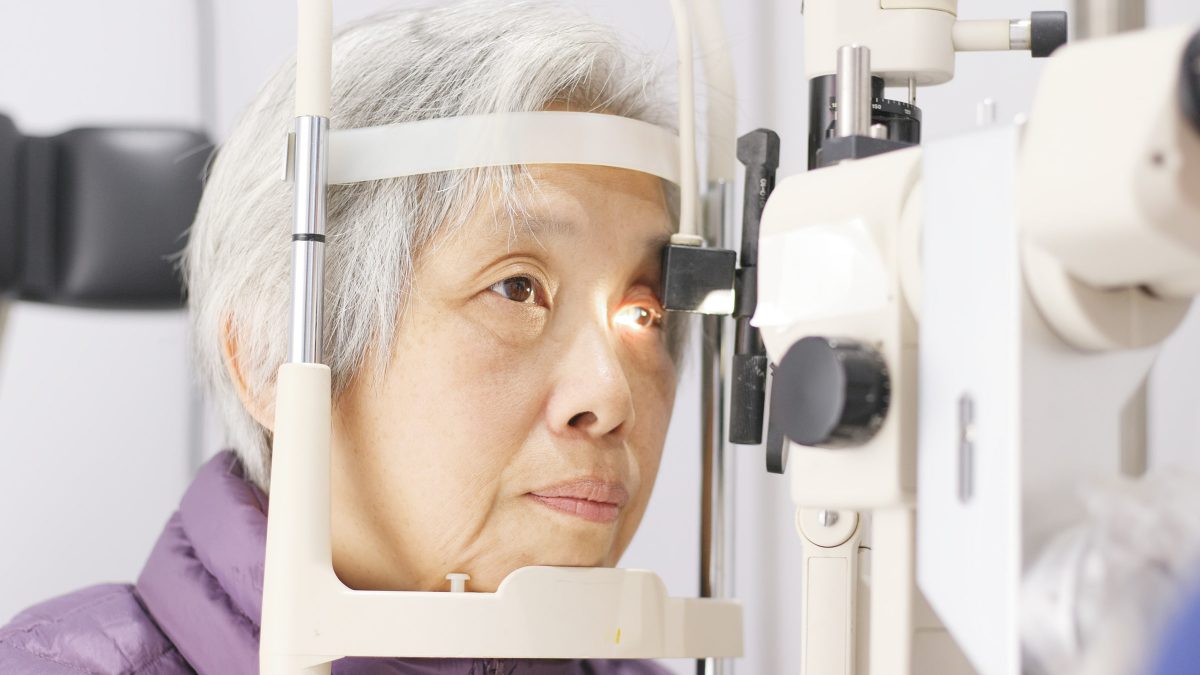Eye bulging, double vision, watery eyes and debilitating eye pain. Any one of these symptoms is reason to visit an eye doctor, but together they could signify thyroid eye disease.
It’s a serious and potentially vision-threatening rare autoimmune disease.
Knowing Your Risk
While thyroid eye disease is rare, certain people are more at risk:
- People living with Graves’ disease, which is another rare immune system disorder. In fact, nearly 50% of people with Graves’ disease will develop thyroid eye disease during their lifetime.
- Women. While thyroid eye disease can affect men, women are up to five times more likely to develop the condition.
- People with genetic predisposition. People who have a family member with thyroid eye disease or another autoimmune disease are also at greater risk.
It is critically important for people in these high-risk groups to learn about hallmark signs of the disease and act quickly to see an eye specialist if any changes in their eyes occur. Symptoms can vary from one person to another, but everyone should keep an eye out for:
- Redness, irritation and inflammation
- Dry, itchy eyes or excessively watery eyes
- Eye bulging, also called proptosis
- Blurred or double vision
- Intolerance of bright lights.
Treatment Begins with Awareness
Treatment can range from supportive measures, such as dark sunglasses, to steroids, which can help reduce inflammation and swelling. There is also an infused medication that can address protrusion of the eyeball and double vision. But treatment is possible only after diagnosis.
In just its second year, Thyroid Eye Disease Awareness Week, November 14-20, provides an opportunity to educate the public about the signs, symptoms and risks of the condition so it can be diagnosed – and treated – early.
To learn more, visit www.FOCUSonTED.com.
